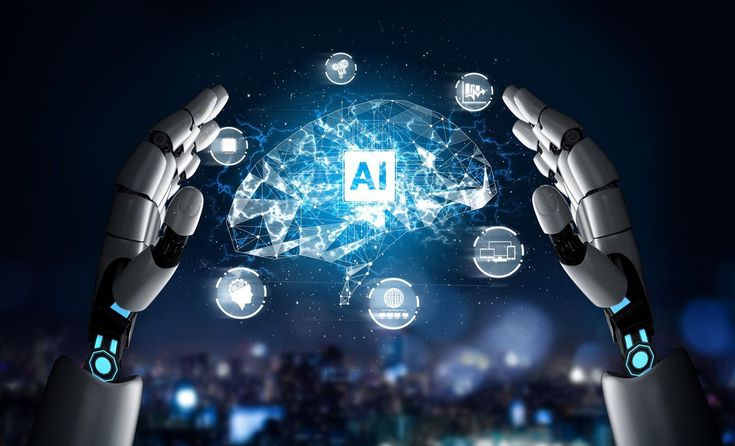
Breaking into AI: Essential Skills and Beginner-Friendly Resources
Artificial intelligence is no longer the stuff of science fiction; rather, it is a pillar upon which groundbreaking innovations are constructed and one that has revolutionized fields ranging from healthcare...
Continue reading

